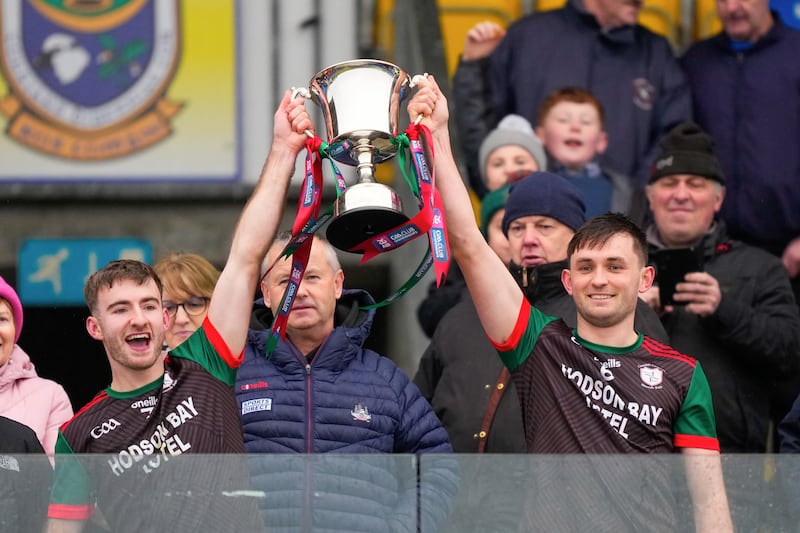Before we start, I want to get one thing straight: you haven’t lived until you’ve seen a grown man gasp over a giant wall of high heels. Not just any heels. Stiletto heels, custom-made for a size 7 foot – that’s 6½ in Irish sizes. Fabric-covered ankle boots, mainly, but also knee boots, over-the-knee boots and platforms, in colours bright as Oz.
Male, female, black, white, young, old – everyone visiting The Beautiful Collection: Prince's Custom Shoes at the Paisley Park studio complex near Minneapolis on a recent Saturday tour is going gaga over Prince Rogers Nelson's heels. More than 300 pairs, soles cleaned, fabrics vacuumed, shapes stuffed and lit up from behind, delivering us from gender norms and pandemic loungewear.
Here are the hand-painted cloud boots from the Raspberry Beret music video; the platform roller skates documented by Questlove and discovered, posthumously, in a custom-made briefcase; and ankle boots with metallic stickers proclaiming Get Wild on the toe and Free Music on the heel. (Prince wore that pair in 1995 in protest against Warner Bros, whose recording contracts he found so exploitative that he temporarily changed his name to an unpronounceable symbol.)
Constructing dangerously high heels that were embellished enough for Prince's taste yet secure enough for his talent required ingenuity and engineering
One pair is covered in candle wax. (Prince loved candles.) Another hides scuffs with pink Magic Marker. Multiple pairs have friction burns from Prince's legendary dancing. "If there's a stain or a scuff mark, that should remain on the shoe," Mitch Maguire, curator of the exhibition, says on a humid afternoon. "That's part of its history."
The artist’s estate, which assumed management of Paisley Park in 2019, manages tours of the complex, which Prince built in 1987. Photos and videos are not allowed, and visits to The Beautiful Collection, a limited-run exhibition that opened to the public in July as part of the larger tour of Paisley Park, are kept to 15 minutes.
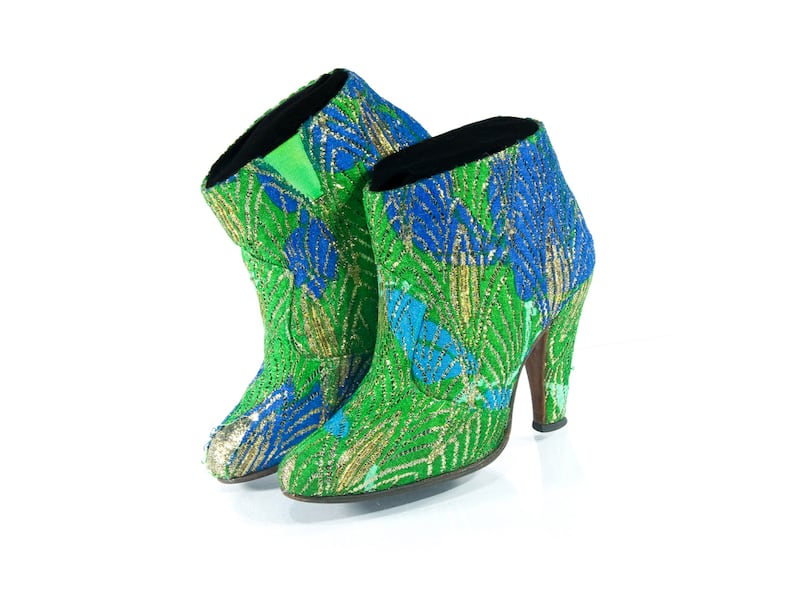
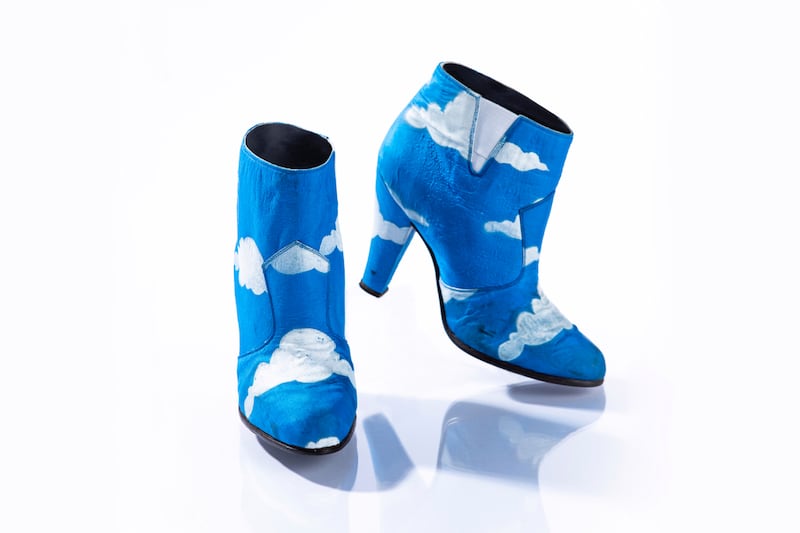
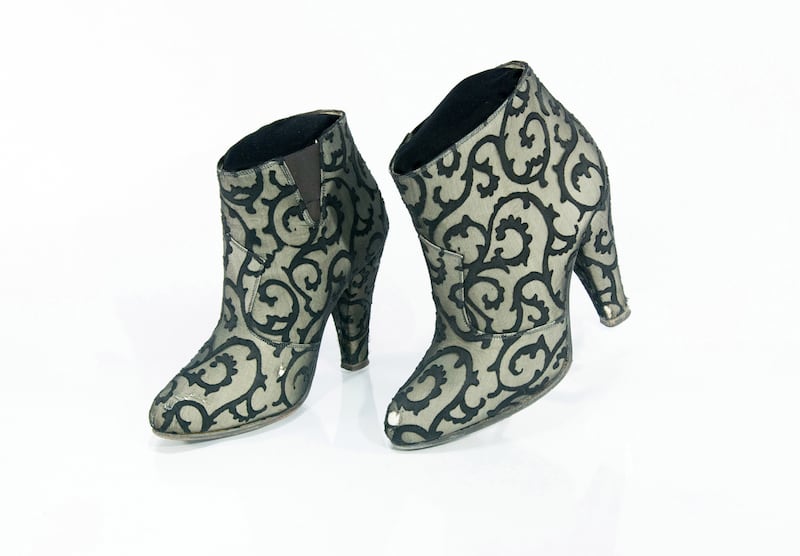
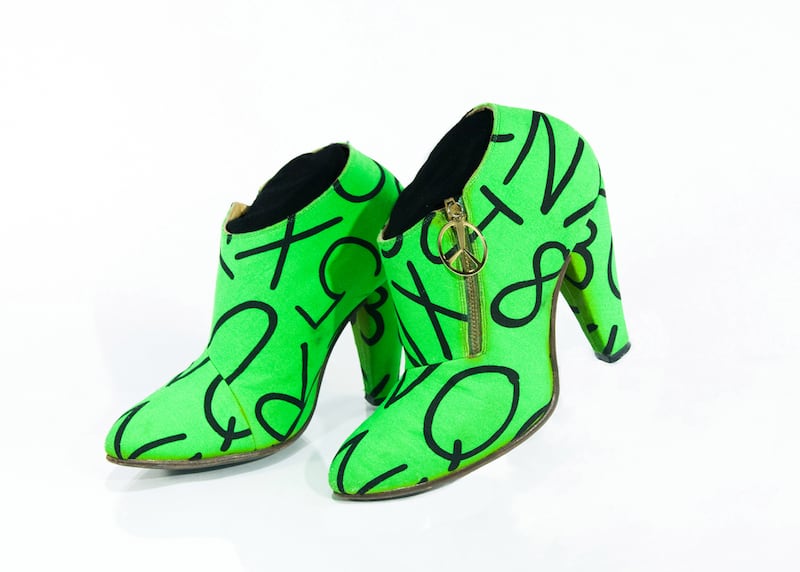
More than 900 additional pairs of heels discovered at Paisley Park remain in storage, although Maguire says they hope to exhibit them all over time. Also omitted from the tour are the consequences of wearing nothing but high heels for four decades, including a reported hip surgery and well-documented opiate use that led to Prince's fatal overdose in 2016.
Instead, visitors are treated – and it is a treat – to nose-to-glass close-ups of exquisite bespoke designs from artisans including Willie Rivera, Franco Puccetti, Cos Kyriacou, Andre Rostomyan and Gary Kazanchyan of Andre No 1, as well as filmed interviews with Kyriacou and Kazanchyan. Between them the two men built more than 3,000 custom pairs of heels for Prince, including light-up Lucite platform sneakers and ankle boots with reinforced heels for arena shows.
Yet even reinforcements – in this case a metal brace bolting the heel to the sole – weren’t enough to let Prince’s shoemakers watch concerts in peace. “There were moments when my heart was in my mouth,” Kyriacou says. “He was a relentless performer.”
Constructing dangerously high heels that were embellished enough for the artist’s taste yet secure enough for his talent required ingenuity and engineering. After all, Prince stomped in his heels – 4in, or 10cm, in the early years, 3¼in, or about 8cm, later. He spun and strutted and sashayed. He swayed and skipped and slid into the splits so fast that unreinforced heels sometimes broke clean off like a wishbone.
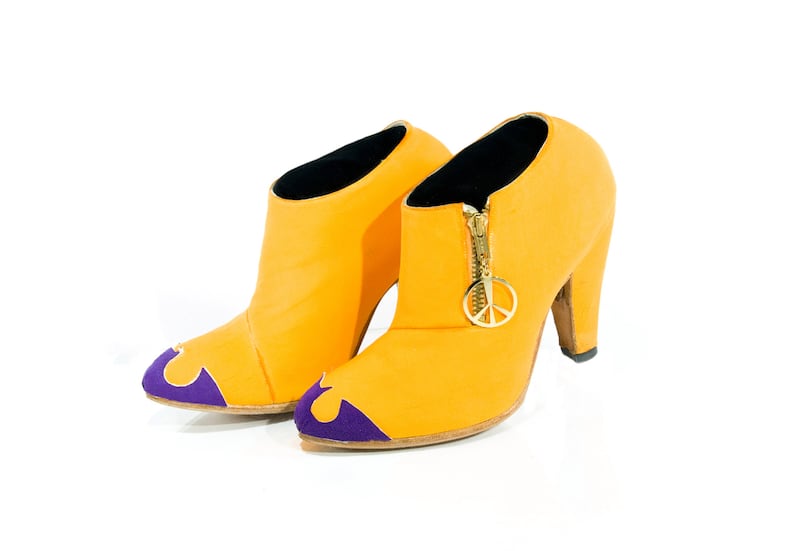
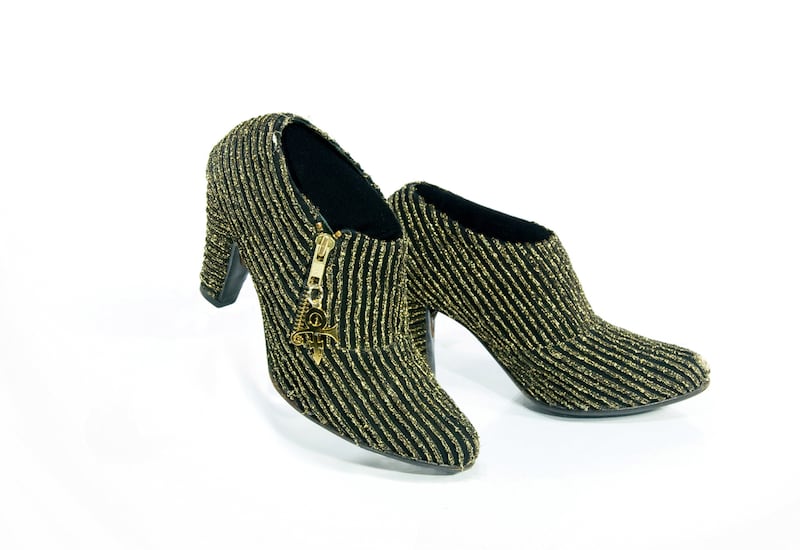
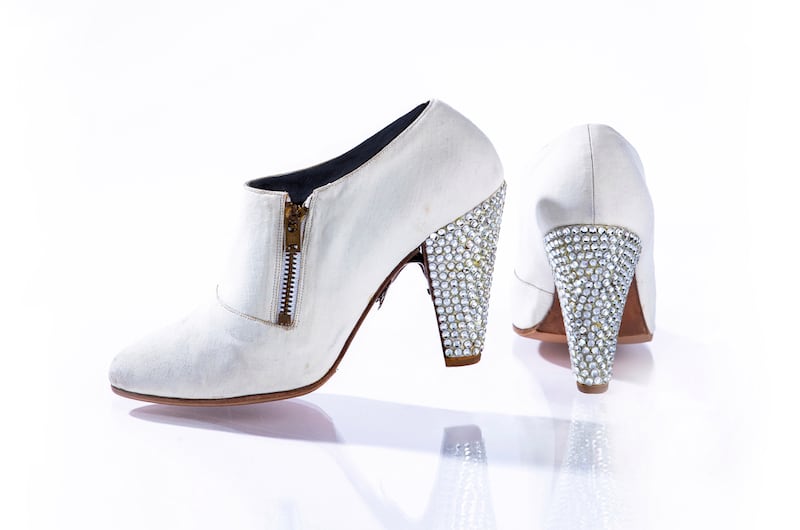
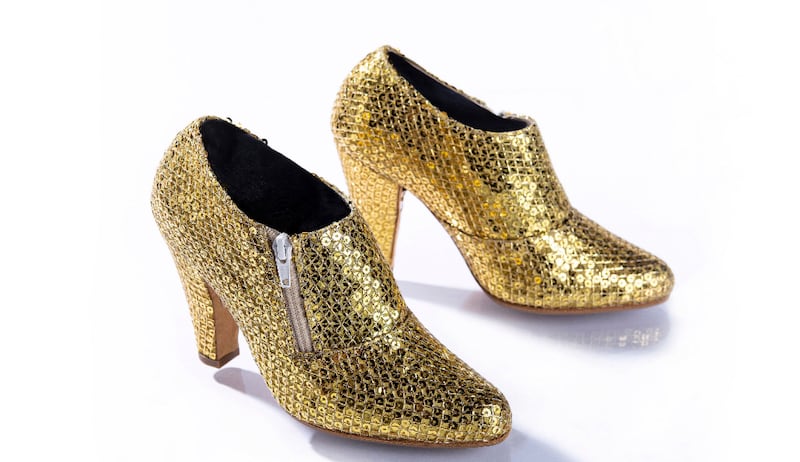
Over time, designers refined the reinforced heel and fiddled with its angle. Kyriacou worked with Donatella Versace to get the famed Versace fabric heels up to snuff. (The label was the only one Prince wore outside of his custom designs.) Creating a literal head-to-toe look with custom fabrics – usually his heels were covered in the same material as his suits – is arguably Prince's most memorable contribution to rock'n'roll fashion. The goal wasn't to make the 5ft 2in musician taller, says Helen Hiatt, the costumer who headed Prince's wardrobe department from 1985 to 1991, but to construct a look in which the shoes "wouldn't cut your eye".
Gwen Leeds, a stylist who worked for Prince in numerous capacities from 1983 to 1988, recalls flying to New York to buy fabric at the high-end shops on West 57th Street and taking it to TO Dey on 46th Street to have the shoes custom-built and covered.
"Normally you purchase fabric by the yard," she says. "In the purple world it was done by the pound." Money was no object, but time often was. Leeds's instructions from Prince's wardrobe department? "Have them do whatever's necessary" to meet the deadline. This once meant outbidding reps for Luther Vandross and Queen Elizabeth to secure the fabric that became Prince's 1985 Oscars ensemble. "I said, 'Well, I'm representing Prince, and I have cash,'" Leeds says. "I got the fabric." – New York Times











